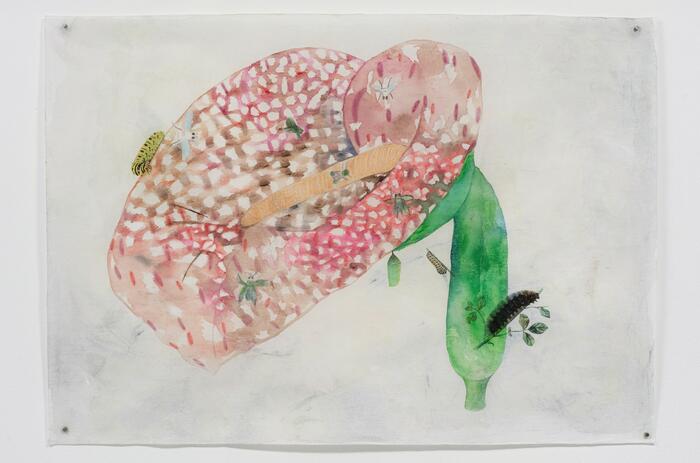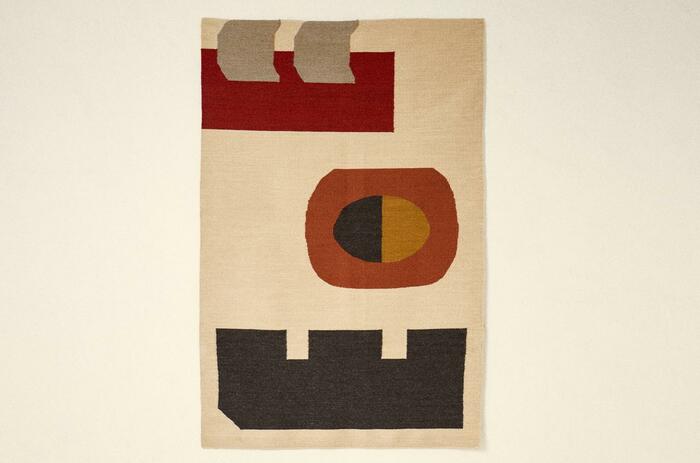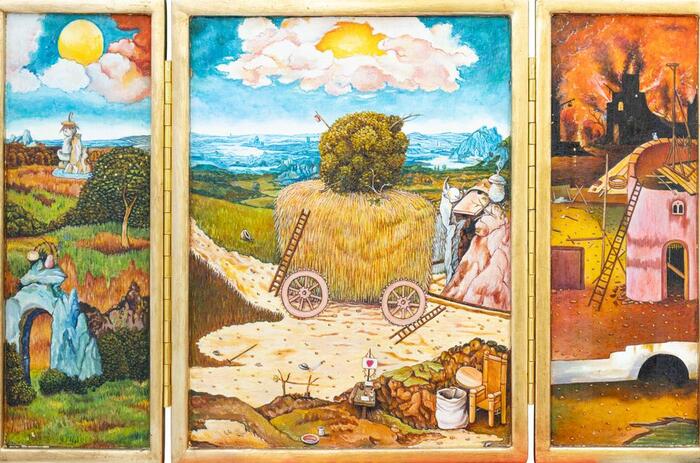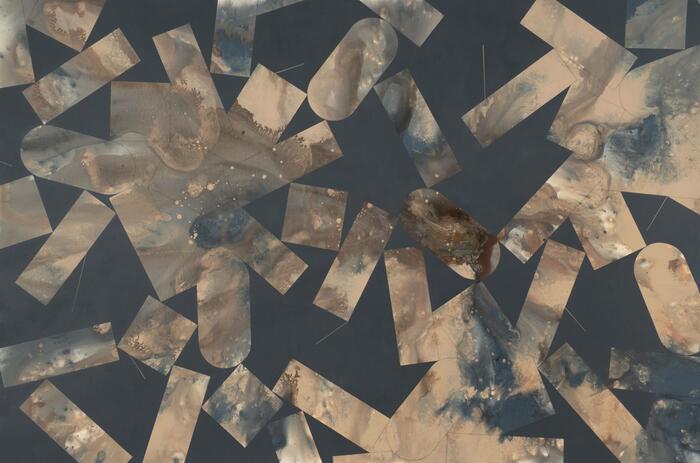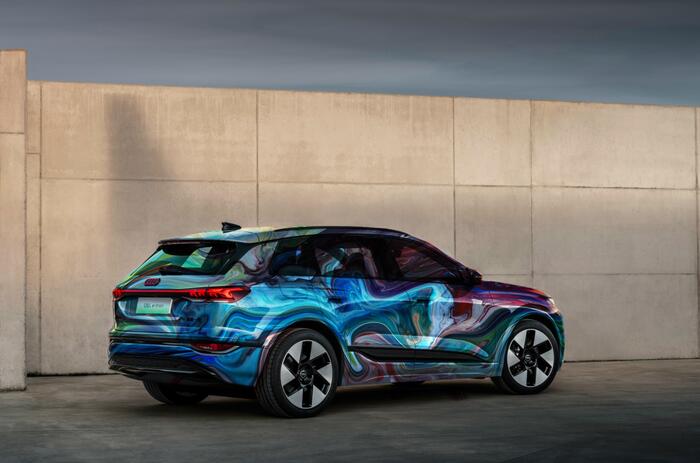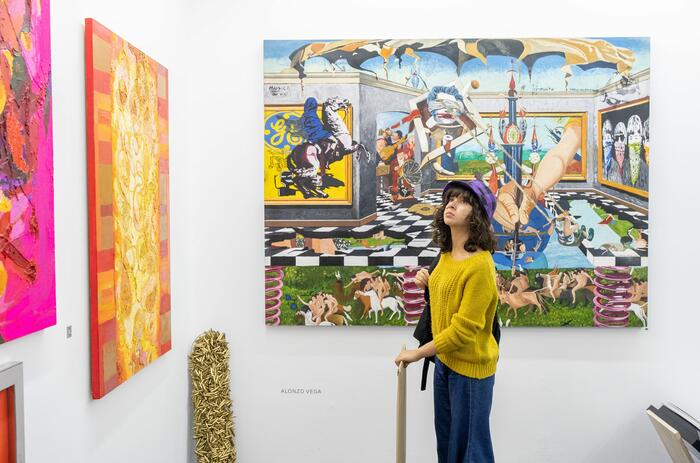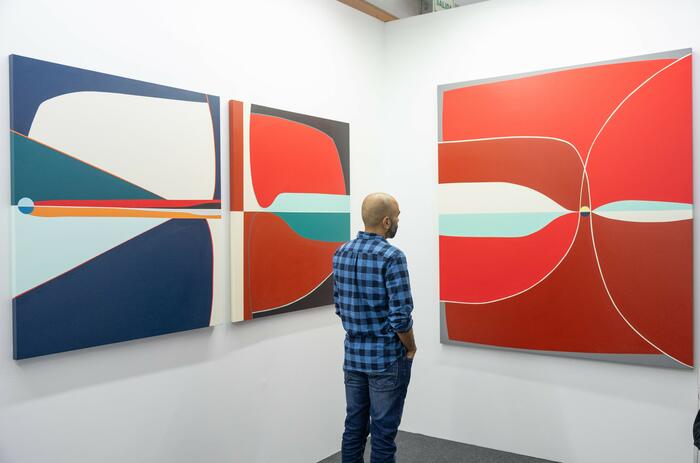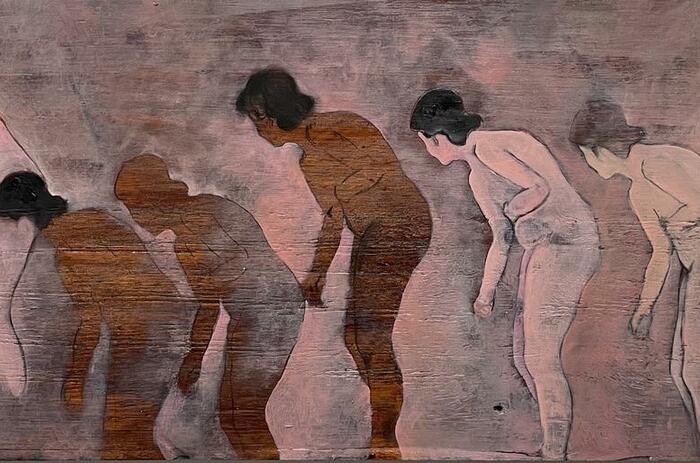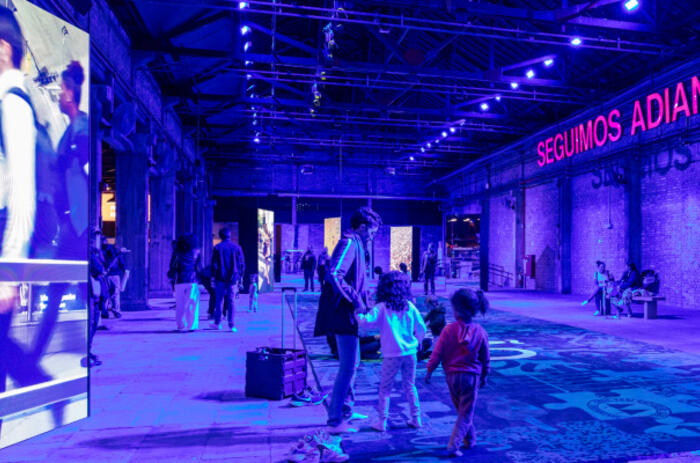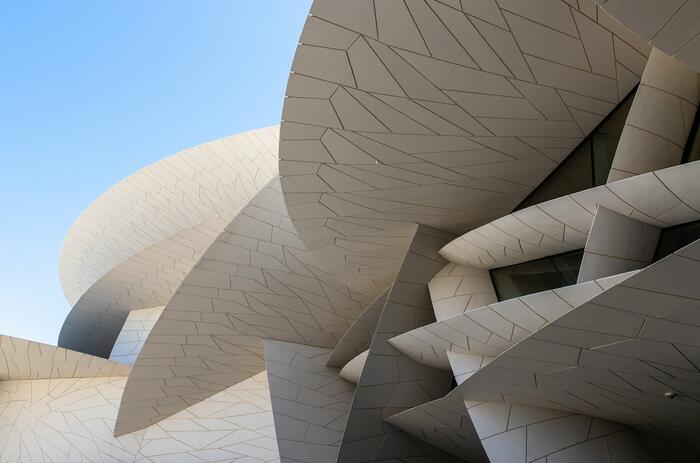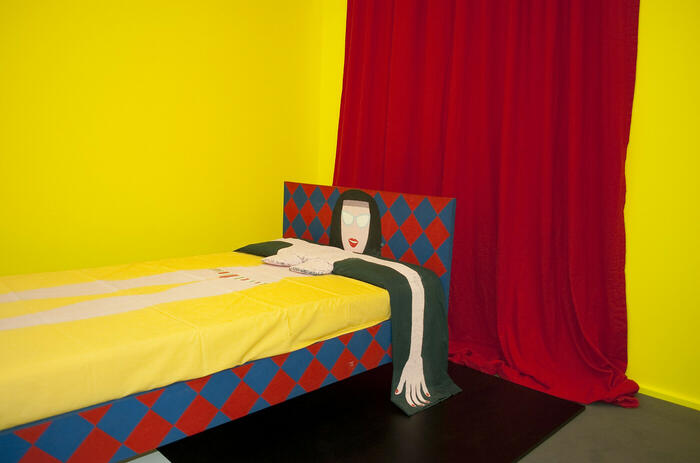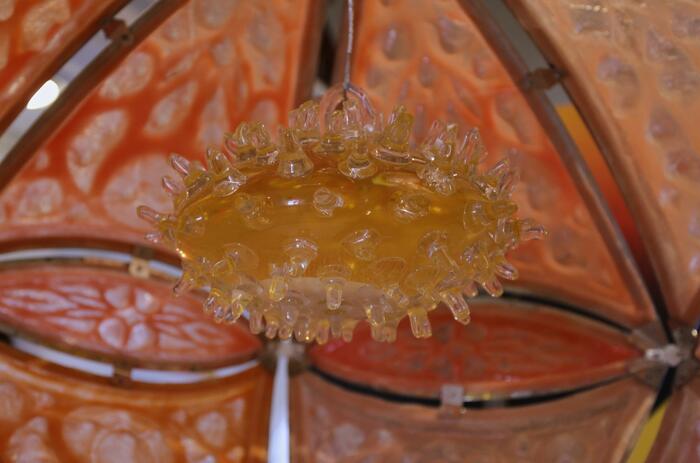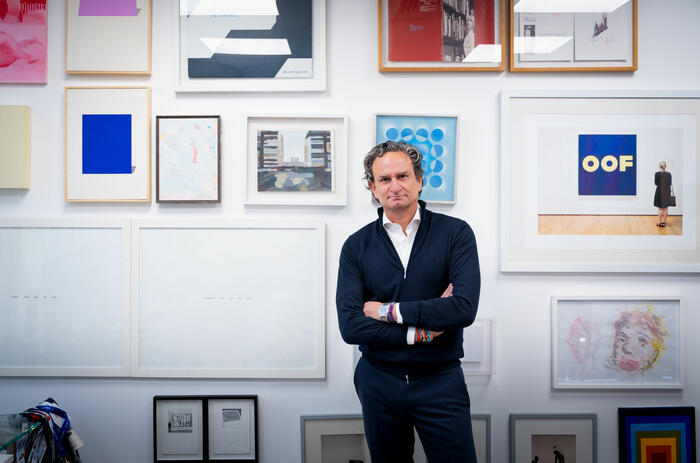EFG LATIN AMERICA ART AWARD: FIFTEEN YEARS CELEBRATING THE ART OF A REGION
This 2025, the EFG Latin America Art Award celebrates its 15th anniversary, consolidated as one of the most relevant recognitions of contemporary creation in the region. Within the framework of Pinta Lima, one of the fairs where the selection of nominated artists takes place, the impact this award has had on the visibility of Latin American visual arts is highlighted.
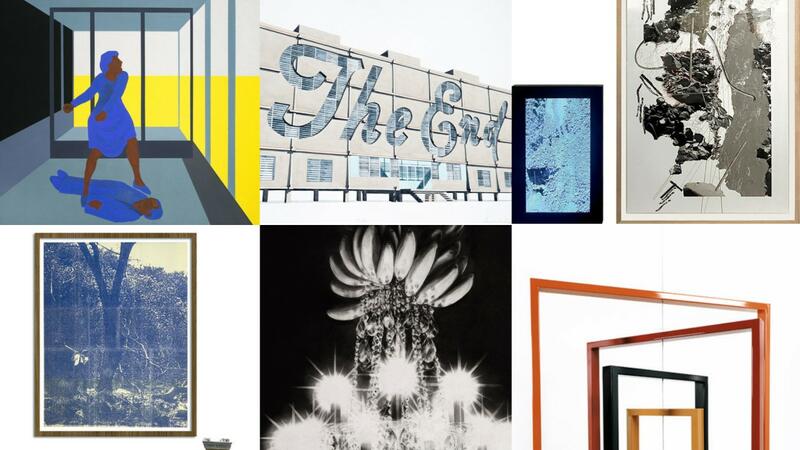
Created in 2010 by EFG International -a global group specialized in private banking and asset management- in alliance with ArtNexus, the EFG Latin America Art Award recognizes each year a contemporary artist from Latin America through a nomination process in five key fairs: SP-Arte (São Paulo), Ch.ACO (Santiago), Pinta PArC (Lima), arteBA (Buenos Aires) and ArtBO (Bogota). The winning work is acquired by EFG Capital and announced at Pinta Miami, where the award's annual closing ceremony is held.
The selection is in charge of a curatorial committee headed by Celia Sredni de Birbragher, together with outstanding regional advisors, with the strategic support of Liaisons.
During these 15 years, the award has boosted the careers of artists who are now part of important international collections and institutions. Among the winners are:
- Leila Tschopp (Argentina), whose work investigates the tensions between body, architecture and geometric abstraction.
- Clemencia Echeverri (Colombia), recognized for her video installations that address socio-political violence and collective memory.
- Carla Chaim (Brazil), who explores drawing as an expanded practice in relation to the body and repetitive gesture.
- Dagoberto Rodríguez (Cuba), former member of Los Carpinteros, works with installations and objects charged with social criticism and political humor.
- Gonzalo Fuenmayor (Colombia) creates monumental drawings in charcoal that juxtapose elements of tropical baroque with symbols of Western culture.
- José Vera Matos (Peru), develops works that cross text, history and drawing, inquiring into the processes of colonization of knowledge.
- Jerry B. Martin (Colombia), investigates the history of power, image and Afro-Caribbean identity from a critical and poetic point of view.
- Fabiola Menchelli (Mexico), works with experimental photography and light abstraction, exploring the possibilities of the analog medium.
- Iván Navarro (Chile), recognized for his light sculptures that address issues of energy, repression and freedom.
- Ana Belén Cantoni (Peru) creates installations that reflect on fragility, the construction of time and intimate memory.
- Elías Heim (Brazil), combines industrial materials with pictorial techniques to build objects loaded with formal tension.
- Patricia Domínguez (Chile), crosses art, spirituality and technology in works that denounce the exploitation of bodies and territories in Latin America.
- Cristian Silva (Chile), investigates the relationship between nature and culture through sculptures that evoke geological and social transformations.
- Alexander Apóstol (Venezuela), examines the utopias of Latin American modernism and its political drifts through photography and video.
- Claudia Casarino (Paraguay) uses textiles and performance to talk about gender, migration and identity borders.
-
Leila Tschopp. Sin título, Serie Pintura inhumana, 2024. Acrílico sobre MDF y silicio. Díptico. 183 x 230 cm. Cortesía: HACHE - Galería de arte contemporáneo
-
Clemencia Echeverri. Desborde 2 and Sub_terra, 2017
Desborde 2: Altered Photograph. 83.8 x 43.3 in. Unique Piece.
Sub-Terra: Single channel video Full HD. 6'. Edition 5 + 2 AP
Artwork created from the territory of the work SIN CIELO.
Location: Municipality of Marmato, Caldas. Gold mining. Courtesy: Rolf Art
-
El Fin (The End), 2020. Dagoberto Rodríguez. Watercolor on paper, 66 x 101.5 cm. Courtesy of Piero Atchugarry Gallery
-
Gonzalo Fuenmayor.
-
Jerry B. Martin (Colombia, 1976) - Ch.ACO 2018
-
José Dávila (Guadalajara, México, 1974) - SP-ARTE 2014
With this initiative, EFG International reaffirms its commitment to strengthening the Latin American art ecosystem, promoting not only the development of artists, but also the growth of fairs as essential platforms for collecting, cultural exchange and the internationalization of regional art.

